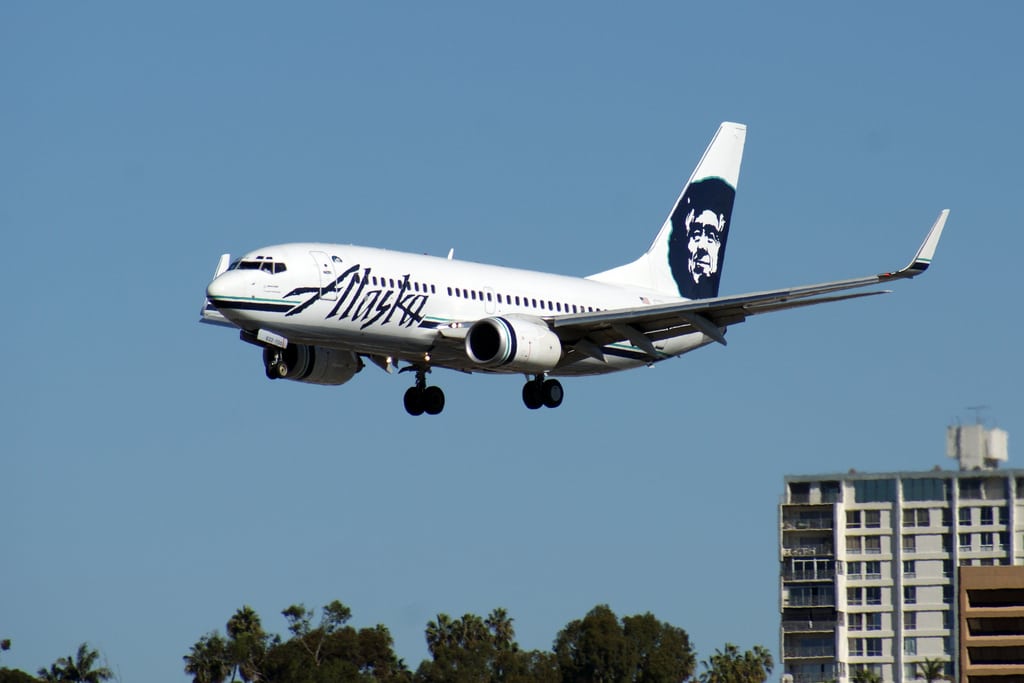Alaska Airlines Changes Mileage Plan to Crush Loopholes for Frequent Flyers

Skift Take
Alaska Airlines has changed a sliver of its loyalty program, and travel bloggers responded with unilateral fury.
"I feel what Alaska has done is unrepairable and trust has been destroyed," ranted the owner of Renespoints.com, for example, reflecting the feelings of many.
One change to Alaska's loyalty program — and the way that it was implemented — has triggered the outcry.
Mileage Plan, Alaska's loyalty program, is widely regarded as one of the best in the industry. Unlike with American, Delta, or United, passengers can still earn miles based on the distance they fly. And since Alaska doesn't belong to one of the big airline alliances, those passengers can still redeem miles on a wide range of partner carriers across multiple alliances.
The blog, One Mile at a Time, for example, illustrated that one roundtrip on Hainan Airlines in business class between Los Angeles and China can easily yield silver status on Alaska -- a feat that would typically take weeks or months of domestic travel on the airline.
The change that Alaska made to its loyalty program effectively closed one of these lucrative loopholes. Until now, it was possible to use Alaska miles to book extremely inexpensive first class tickets on Emirates, a partner airline.
A ticket from the U.S. to India, for example, cost 90,000 miles compared with 115,000 on American. In addition, Emirates' first class is among the best in the world (there's a shower in the airline's A380 first class cabin), compared to the middling product that most Americans are used to.
As of today, however, many of Alaska's premium awards have been ratcheted up in cost between 67% and 100%. That ticket from North America to India, for example, now costs 150,000 miles.
Alaska blames the changes on aggressive exploitation of the loophole among the travel- hacking community. Last year, Mashable and USA Today deified a travel hacker who saved up enough Alaska miles to fly around the world on Emirates. The Points Guy also regularly featured the fare.
To a degree, it's also the airline's fault for pricing the routes so aggressively. But to slow down the rate of Emirates bookings, Alaska needed to change its program, and rather than risk a run on award bookings prior to a scheduled change, the airline chose to change the award price over night.
That timing is what's antagonizing bloggers, and presumably passengers, almost as much as the award changes. While airlines are generally allowed to change loyalty programs at will, many frequent flyers point out that a little bit of advance notice would have gone a long way towards easing the transition.
One Mile at a Time complained that friends had purchased Alaska miles over the weekend in order to redeem an Emirates award only to lose that ability as of yesterday.
Others saw both sides of the equation. "Sorry, Rene, but bloggers are to blame on this," mentioned one commenter on the scathing article written on Renespoints.com. "Yes, you all do a great job BUT when it gets too much airlines and hotels will shut off the faucet."
To its credit, Alaska posted a lengthy Q&A on its website, outlining the impetus behind the changes, offering a refund for anyone who recently purchased miles to spend on Emirates and promising better notice in the future. For the airline, this exercise may be a lesson learned in how temperamental frequent flyers can be. But in the end, travel hackers will have to either play the game that the airlines create or quit.




